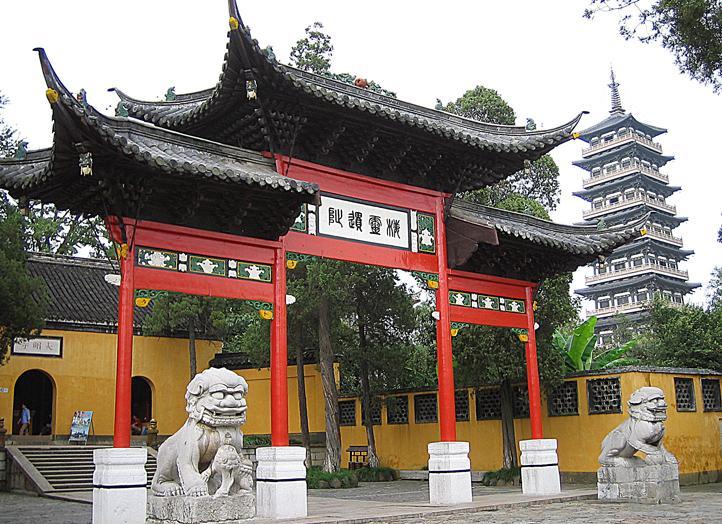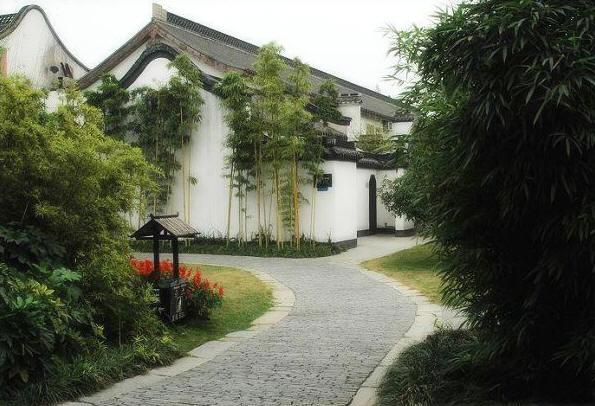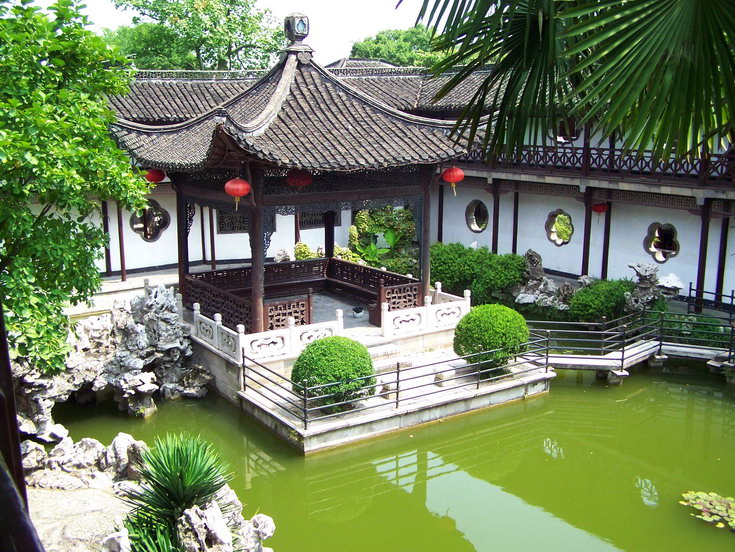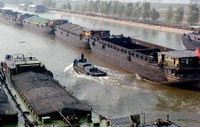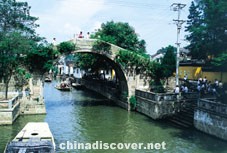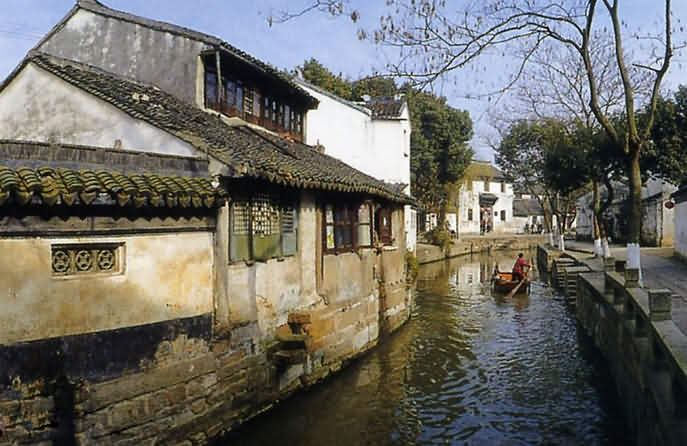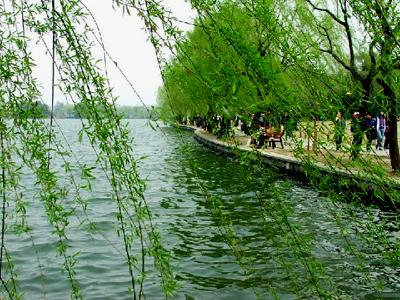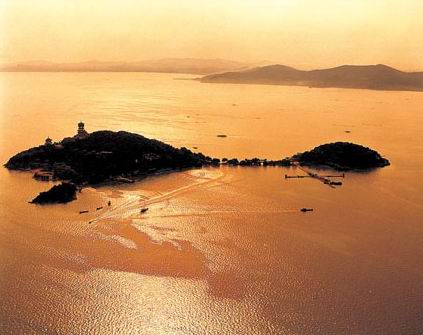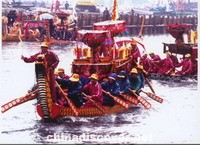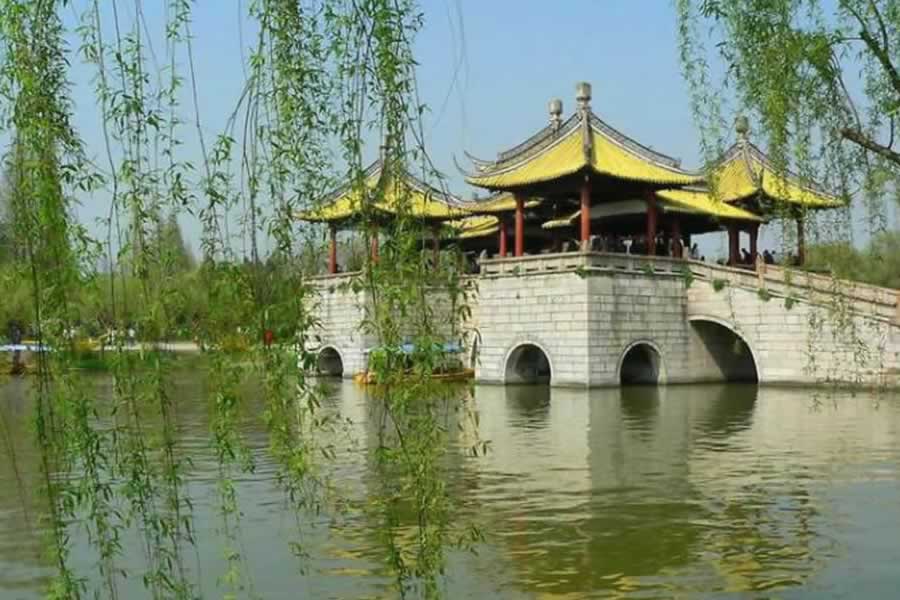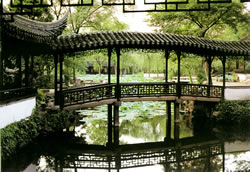Yangzhou Travel
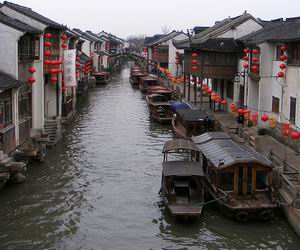
-
City Name:Suzhou (Chinese: 苏州; Pinyin: Suzhou)
-
Population :Total: 2,382,100
-
Area :1,649.72 square km (637 sq mile)
-
Overview:Suzhou, known as "city of gardens", is one of the oldest towns in the Yangtze Basin with a history of 2500 years ago.
Overview
Awash in monuments of its former glory, Yangzhou is a great place to escape the urban grind, Traveling in Yangzhou, you will lose yourself in the relics of its cosmopolitan past. The abundance of historic sites substantiates Yangzhou's former reputation as one of southern China's economic and culture centers. Located at the junctions of the Grand Canal and the Yangtze and Huaihe rivers, its long history dates back to 500 B.C.
Know more
A brief history
Yangzhou, once called Guangling in the Spring and Autumn Period. After the defeat of Yue by King Fuchai of Wu a garrison city was built 12 m above water level on the northern bank of the Yangtze River. The newly created Han canal formed a moat around the south and east sides of the city. In 590 A.D, the city began to be called Yangzhou, which was the traditional name of what was then the entire southeastern part of China.
Under the 2nd Emperor Yangdi (604-617) of the Sui Dynasty (581-617), Yangzhou was the southern capital of China and called Jiangdu upon the completion of the Jinghang (Grand) Canal until the fall of the Dynasty. It has been a leading economic and cultural center and major port of foreign trade and external exchange since the Tang Dynasty (618-907). There lived many Arab and Persian merchants, but they were massacred in 760 AD during the An Shi Rebellion (Perkins).
Yangzhou, still known as Guangling, was briefly made the capital of the Wu Kingdom during the Five Dynasties and Ten Kingdoms Period.
1342 tomb of Katarina Vilioni, member of an Italian trading family in Yangzhou. Marco Polo served there under the Mongol emperor Kubilai Khan in the period around 1282-1287. Though some versions of Polo's memoirs imply that he was the governor of Yangzhou, it is more likely that he was an official in the salt industry. The discovery of the 1342 tomb of Katarina Vilioni, member of an Italian trading family in Yangzhou, suggests the existence of a thriving Italian community in the city in the 14th century.
After the fall of Beijing and northern China to the Manchus in 1644, Yangzhou remained under the control of the short-lived Ming loyalist government of the so-called Hongguang Emperor, based in Nanjing. The Qing forces, led by Prince Dodo, reached Yangzhou in the spring of 1645, and despite the heroic efforts of its chief defender, Shi Kefa, the city fell on May 20, 1645, after a brief siege.
Though not completely able to stand the test of time, many relics of its past glory days still dot this languid city in Jiangsu Province. Its ancient joie de vivre of artists and eccentrics, a group of artists defying the painting conventions of the time, can be found through exploring the canals, tree-lined streets and arching bridges, which create charming scenes.
Arts of Storytelling in Yangzhou
In the early years, storytelling was an art combing telling and singing. The modern Xihe Drum and Yueting Drum are of this kind. It was welcomed by many Eunuchs during the reign of Emperor Guangxu and was asked to perform in the royal palace by Dowager Cixi. There was great inconvenience to perform in the palace, so the art was developed into the form of "Commenting and Telling", which needs only the help of a table, a bench and a bar of wood named "Xing Mu" used to remind audience. From then on, whis form of performance-storytelling was kept and handed down.
It was amongst such settings that Yangzhou developed its rich story telling tradition, which frequently attracted the attention of the imperial court. In the wake of the imperial court flocked artists and their major patrons, mostly retired officials. The prosperity of the Tang dynaty gave scholars, painters, storytellers and poets the means ot pursue their craft while the retiring officials, determined to live out their days in style, endowed temples, enclosed gardens and patronized the arts.
Must see
